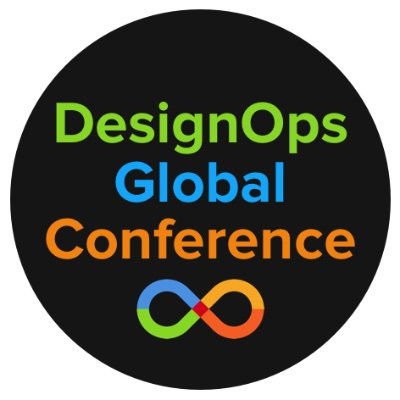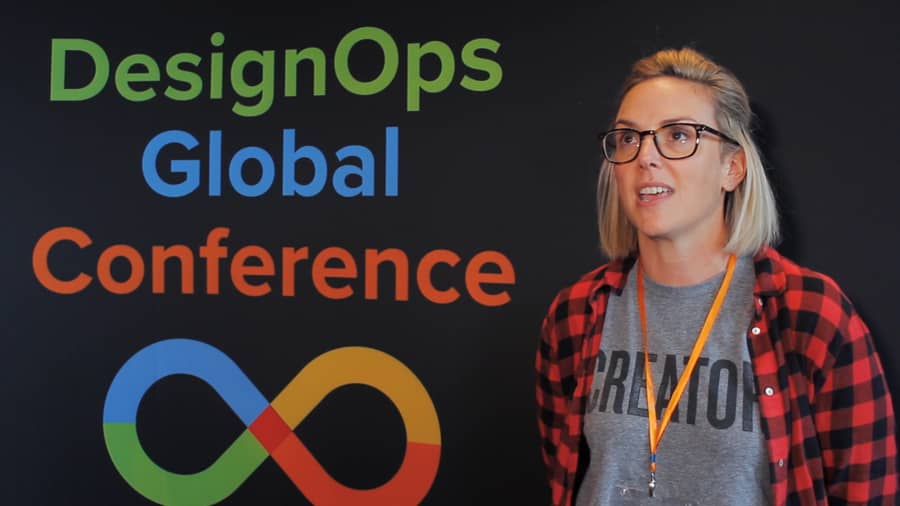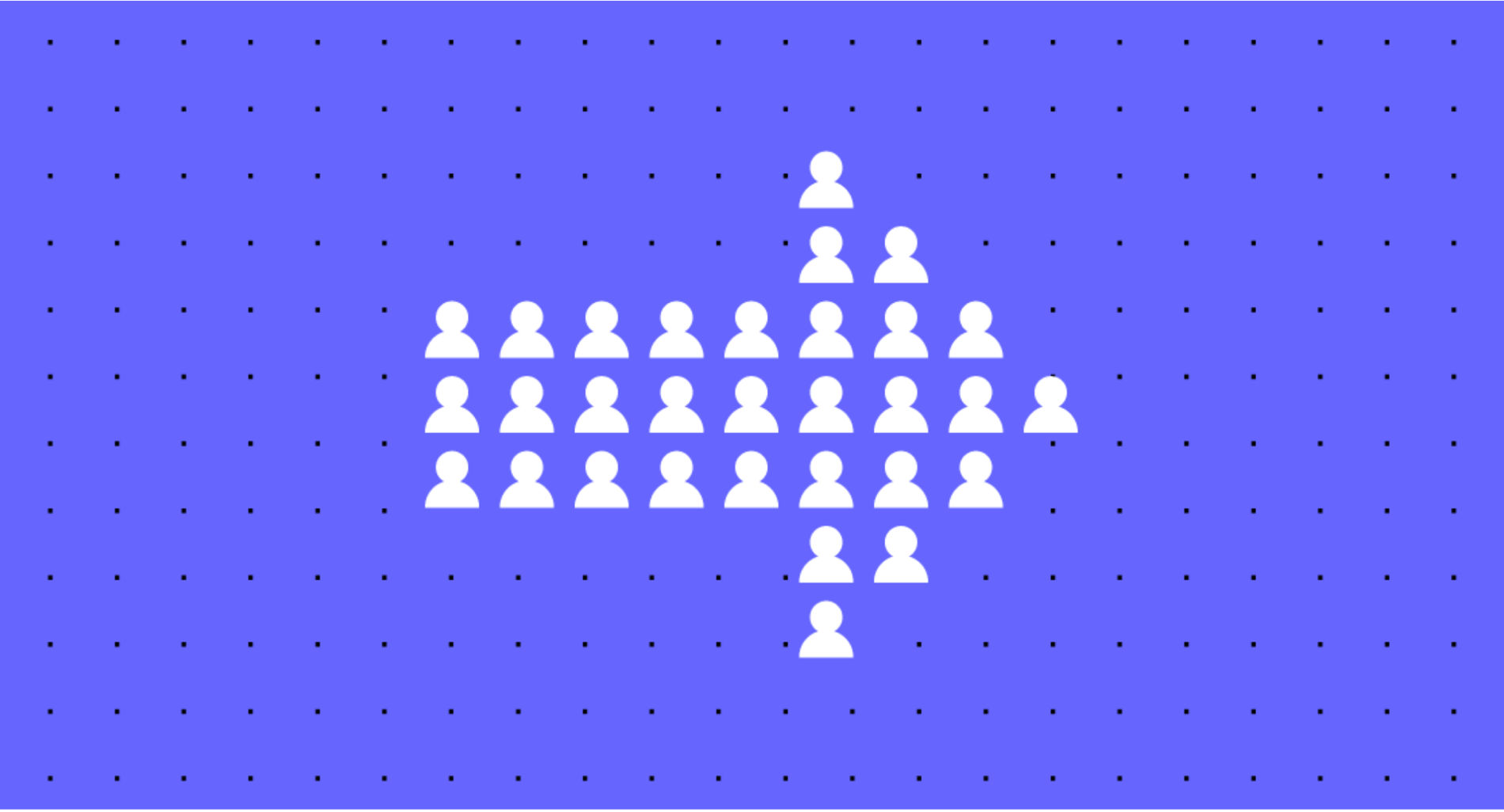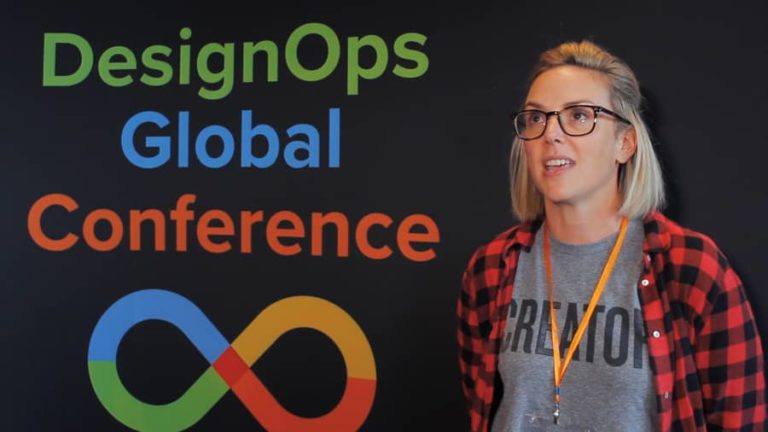Call for submission of presentations and workshops at DesignOps Conference are now open
The 4th DesignOps Conference takes place on the 7- 9 June, 2022 and the theme is ‘Design for the Circular Economy’
Are you looking to present ideas and share your approaches in research, design or dev operations?
Are you scaling research, design and innovation in an agile organisation?
Are you developing new systems and patterns for the metaverse?
Are you developing new processes and practices to design for the metaverse?
Are you passionate about net zero and circular design and way we design for new types of products and services?
The DesignOps Global Conference 2022 – due in June 2022 – is the place to submit your contribution!

About
The DesignOps Global Conference is an annual event that brings together digital designers, researchers, business leaders, product managers, service innovators, and developers that are interested in how innovation, research, design and delivery capabilities can be operationalised at scale to deliver impact and value.
The event is held online and has a global audience.
The annual conference is a platform to posit new ideas, research insights, evolving practices, new tools and shifts in the way we design new products and services. The conference attracts a sophisticated audience of thought and practice leaders from the world’s leading organisations and government services.

The Conference
The DesignOps Conference is the pre-eminent research, design and innovations operations conference, defining and leading the agenda on the most important issues concerning our communities of practice in user research, UX, UI and service design and innovation. The theme for the 4th Annual DesignOps Global Conference is ‘Design for the Circular Economy’
Design as a discipline has moved from the traditional concept of the visual or tangible artefact through to the intangible by orchestrating interactions and experiences, and to transforming systems.
The Circular Economy is a new epoch that vectors towards a regenerative and resilient future. A future where we design products, services, and systems that have zero impact in the planet, its eco-systems and societies. This is a future where we unleash new processes, practices and people in the pursuit of creative solutions to address global challenges that bridge the product-service continuum and digital and physical world.
About design & circular economy
Look around you. Almost everything you see has been designed by someone. Your chair. The building you are in. Your clothes. And not just physical things, but also all of the services you use and the experiences that make up day to day life. Let’s get through it with the words Simon Widmer, Design Network and Creative Lead:
“There are many definitions of and perspectives on design. Many agree that designing is about creating with intent, about addressing needs, and about moving towards preferred situations. The Montreal Design Declaration, which represents over 700 professional associations, design schools and stakeholders, defines design as “the application of intent: the process through which we create the material, spatial, visual and experiential environments”.
This isn’t just about products or aesthetics. “Design as a discipline has moved from the traditional concept of the visual or tangible artefact through to orchestrating interactions and experiences, and to transforming systems,” as Nesta summarises.
It’s not just for people with ‘design’ in their job title. Even if you don’t call yourself a ‘designer’, you might still play a critical role in the design stage and determine the attributes and characteristics of future products, services and systems. In fact, at least one person in every 20 that make up the world’s workforce is involved in the design stage and plays a crucial role in shaping our future.

Important choices are made in the design stage
This includes the definition of business models, material choices, and the 2D or 3D aesthetics and functionality of elements, but also the way designs will interact with people and systems along their journey, such as with logistics, collection, and infrastructure systems. In the case of physical products, how different materials are combined and how easily they can be reused, repaired, refurbished, or disassembled is also decided at the design stage. Screws or glues?
These crucial choices radiate across the entire system, affecting sourcing, production, and how we use things. Importantly, they also determine ‘what happens next’ and what is possible after something has been used. Does it become waste? Or can it be part of a circular economy, where waste is designed out and materials are destined for one valuable application after another?
It’s hard to reverse the impacts of design decisions once they are implemented. We can’t unscramble an omelette. Design decisions often lead to long-term investments that lock us into a certain model for years to come. As Radjou and Prabhu in their book Frugal Innovation argue, “over 70% of a product’s life-cycle costs and environmental footprint is determined during its design phase.”
Today, most of the materials we lose, and often after just one short use. In industries such as fashion and plastic packaging more than 80% of all materials in our products and services are destined for landfill or incinerators, with a significant amount also leaking out of the system and into natural environments. They are part of a take-make-waste model. We take finite resources, use them only for a short period of time, after which they are lost from the economy. This is an enormous loss. We miss out on the opportunity to keep products and materials in circulation, and with it all the creativity, labour, and energy that went into them.

We need to adopt a fundamentally different approach in the way we create the products, services, and systems around us
We need to look ‘upstream’ to tackle the challenges we are facing — tackling them at the design stage rather than treating the symptoms of problems. We need to look at systems as a whole to understand how our creations fit into the bigger picture. And we need to have an inspiring vision and framework that can work in the long run.
The circular economy offers such a framework, built on the principles of eliminating waste and pollution from the outset, keeping products and materials in use at their highest value, and regenerating natural systems. Just like in nature, by design everything is food for something else — materials flow from one (life)form into the next. It is a model that can work for aeons. Just like it has in nature for 3.8 billion years.
By decoupling economic activity from linear material flows, it is a model that goes beyond “doing less bad” to being one of regeneration. Therefore, the more we do of the circular economy model, the better the results — for customers, businesses, society and the environment. It’s about designing better solutions for people and meeting needs within a regenerative system.”
We are at a critical point in time and circular design can help us address global challenges at the root
The current Covid-19 crisis is forcefully opening our eyes to how fragile our current systems are and that we need to create a more resilient economy. Climate change and biodiversity loss equally reveal our short-sightedness and demand that we find new ways of doing business that are less extractive. Redesigning our products and systems, for example, plays an essential role in achieving our climate targets, by reducing GHG emissions, retaining embodied energy and sequestering carbon.
At the same time, we have powerful technological tools at hand that we may utilise to design powerfully and responsibly for a regenerative future. Over the last years, we have gained unprecedented technological abilities: From new bio-benign materials, to data-powered abilities to understand and design across complex supply chains, to digitally-enabled business models that address our needs without extractive material flows. We have possibilities to design and work with nature, rather than against it. In conjunction with the rising desire among creatives to use the transformative power of design as a force for good, we have a real opportunity for change.
About DesignOps
DesignOps is a community of professional UX researchers, designers, service innovators and business leaders focused on how to practice design at scale.
The DesignOps Network is for professionals, organisations and students that wish to connect for the purpose of learning, understanding and sharing approaches to the way we scale and delver value through design and innovation.
The DesignOps Network produces the DesignOps Global Conference and other events in Research Operations, Design Operations and Innovation Operations.
DesignOps Network Knowledge Hub is the network’s section currently being built anyone can contribute with an article and it is meant to help members to enjoy learning a they grow this community resource.
Are you contributing to circular design principles, processes and practices? Are you active in the Circular Economy? Submit your outlines for presentations and workshops here
Are you keen to explore the interaction between design and societal change? Explore anso What Design Can Do: amazing network and extremely inspiring projects
sources: McArthurFoundation I DesignOps I What Design Can Do
cover image: DesignOps Global Conference
Maker Faire Rome – The European Edition has been committed since eight editions to make innovation accessible and usable to all, with the aim of not leaving anyone behind. Its blog is always updated and full of opportunities and inspiration for makers, makers, startups, SMEs and all the curious ones who wish to enrich their knowledge and expand their business, in Italy and abroad.
Follow us, subscribe to our newsletter: we promise to let just the right content for you to reach your inbox




















































































